


 Post Requirements
Post Requirements

 Post Requirements
Post Requirements
Product information
Imitation Rittal cabinet is mainly used in data centres, network rooms, server rooms and other places where large-scale electronic equipment is required. It has the following important roles:
1. Equipment protection: Imitation Rittal cabinet is made of strong and durable materials with excellent anti-vibration, anti-corrosion and anti-static properties. It can effectively protect the internal electronic equipment from external physical and environmental damage, such as vibration, moisture, dust and so on.
2. Space organisation and management: Imitation Rittal cabinet provides an effective way to organise and manage electronic equipment. It is equipped with multiple adjustable brackets and trays that allow equipment to be installed and arranged as needed. By using the cabinet, you can maximise the use of space.
3. Thermal management: Electronic equipment generates a lot of heat during operation, and the Rittal imitation cabinet is equipped with an effective thermal management system. It is designed with fans, heat sinks and ventilation holes to promote air circulation, dissipate heat and ensure the normal operating temperature of the equipment. This prevents overheating and damage to the equipment and improves its longevity and reliability.
4. Security: Imitation Rittal cabinets also provide a certain level of security protection. It is usually equipped with anti-theft locks and guards to prevent equipment from being stolen or illegally accessed. By using the cabinet, you can effectively protect the security of critical equipment and data.
Overall, the imitation Rittal cabinet is a specialised anti-theft locks and guards to prevent equipment from being stolen or illegally accessed. Through the use of cabinets, you can effectively protect the security of critical equipment and data.
Overall, a faux Rittal cabinet is a specially designed device for storing and organising electronic equipment. Not only does it provide protection and security for equipment, it also provides effective space organisation and management, as well as thermal management. By using a faux Rittal cabinet, the reliability and longevity of your equipment can be improved while providing a safe, efficient and tidy working environment.
The machining process of cabinets is a technology that involves the processing of thin metal sheets, which is also widely used in the design of sheet metal parts through the use of 3D software such as SolidWorks, UG, Pro/E, etc. The process provides the data required for editing from 3D drawings to CNC machining, which is widely used in the automotive, aerospace, construction, and home appliance industries. The basic process includes steps such as shearing, stamping/cutting, bending/curling, welding and surface treatment. During sheet metal processing, commonly used equipment includes shearing machines, CNC punching machines, laser/plasma/water jet cutting machines, bending machines, drilling machines, and auxiliary equipment such as uncoilers, levelling machines, deburring machines and spot welding machines. Sheet metal parts are characterised by the fact that they can be processed by means of stamping, bending, stretching, etc. into parts of the required shape and size without changing their thickness.
The surface treatment of the cabinet is an important part to prevent the parts from rusting and to beautify the appearance of the product. Surface pre-treatment includes removing oil, oxide skin, rust, etc., to prepare for post-treatment such as painting, plastic spraying and plating rust layer, etc., in order to enhance the appearance and durability of the product.
Processing of Cabinets: Shearing: Cutting the material to the required size using a shearing machine.
Stamping/Cutting: Plastic deformation of the material using a mould to achieve a predetermined shape and size.
Bending/Curling: The material is bent at a specific angle by means of a bending machine.
Welding: Separate sheets or parts are joined together by welding.
Surface Treatment: Including painting, plastic spraying and rust-proof plating to enhance the appearance and durability of the product.








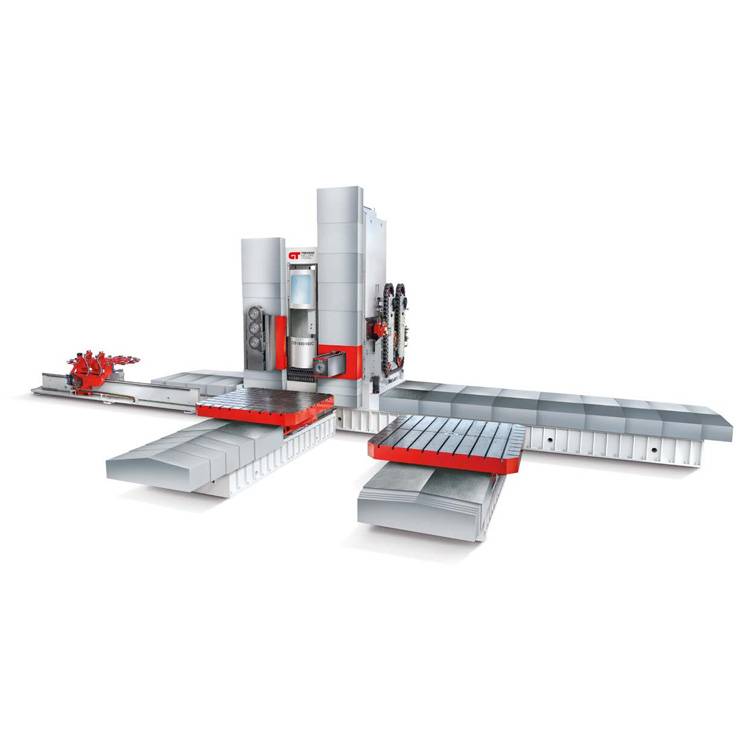
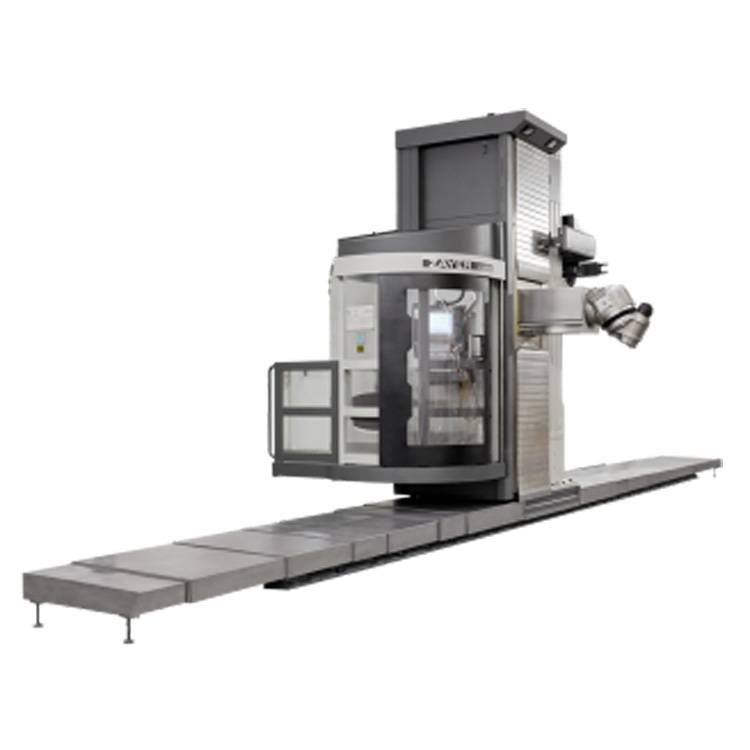
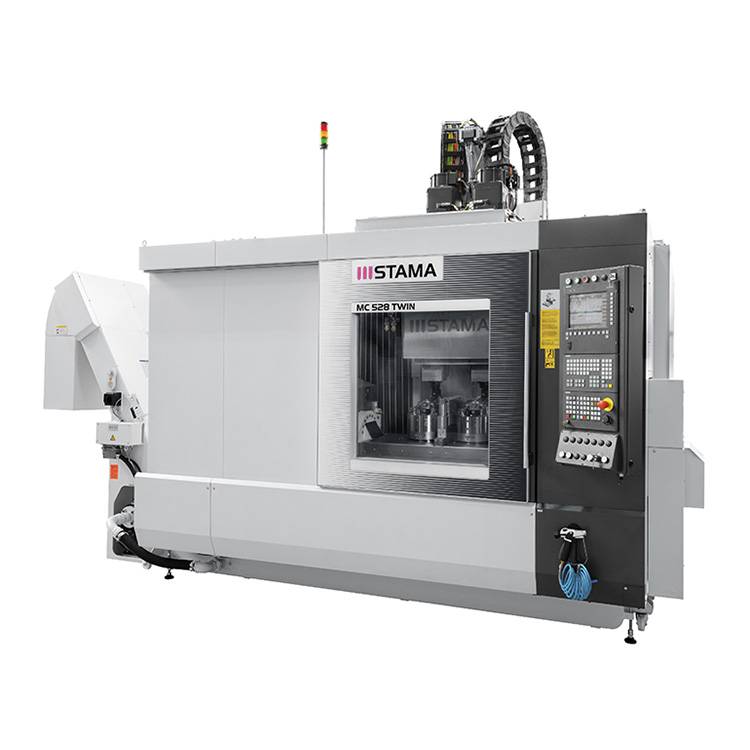
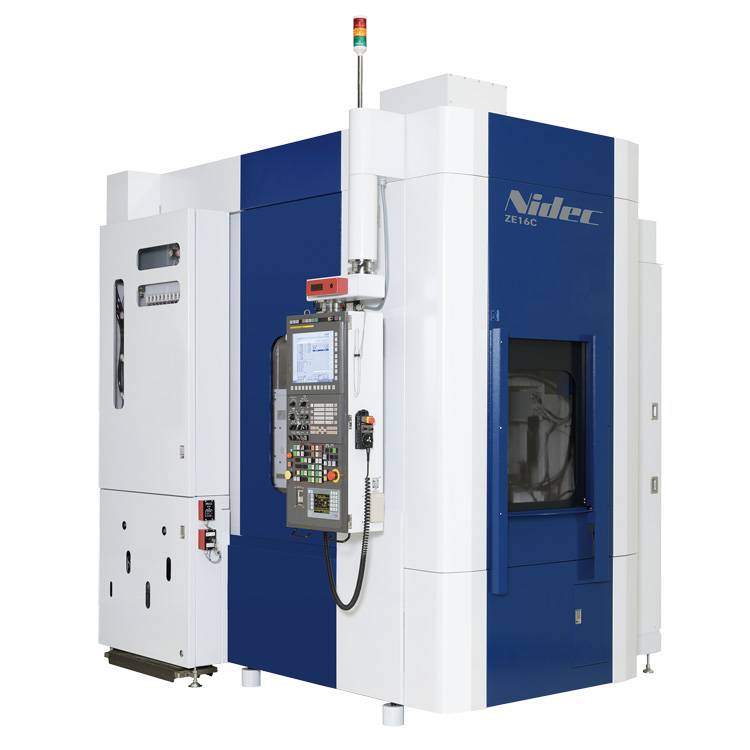
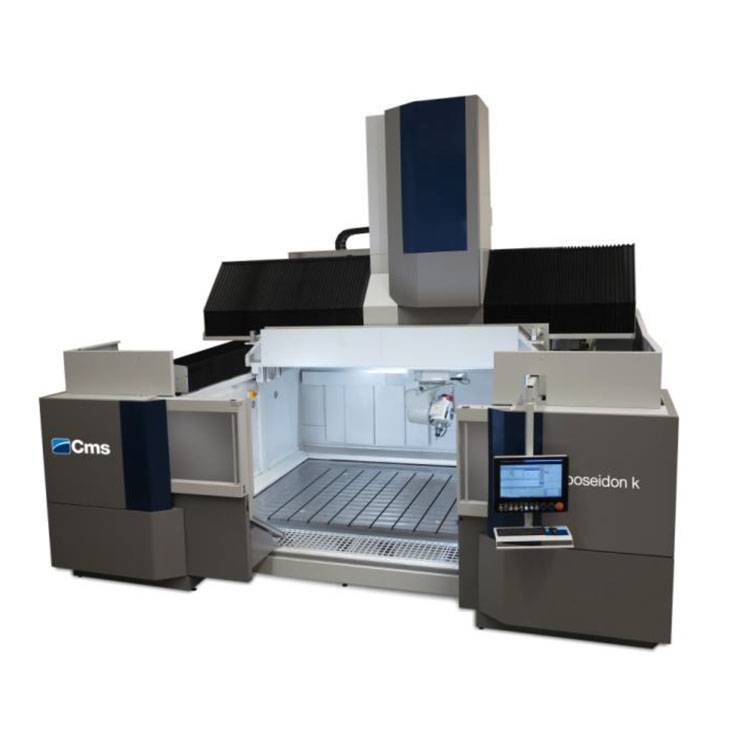
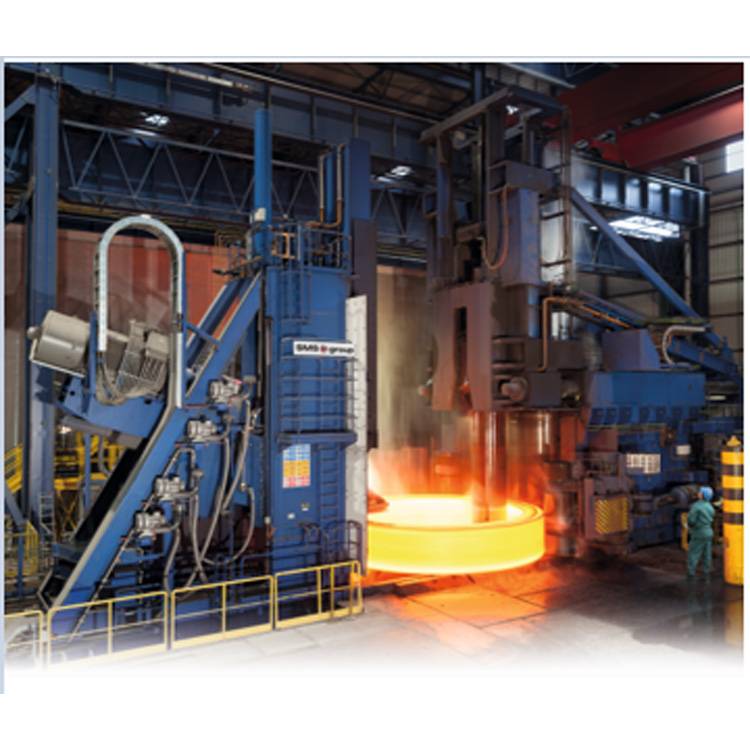
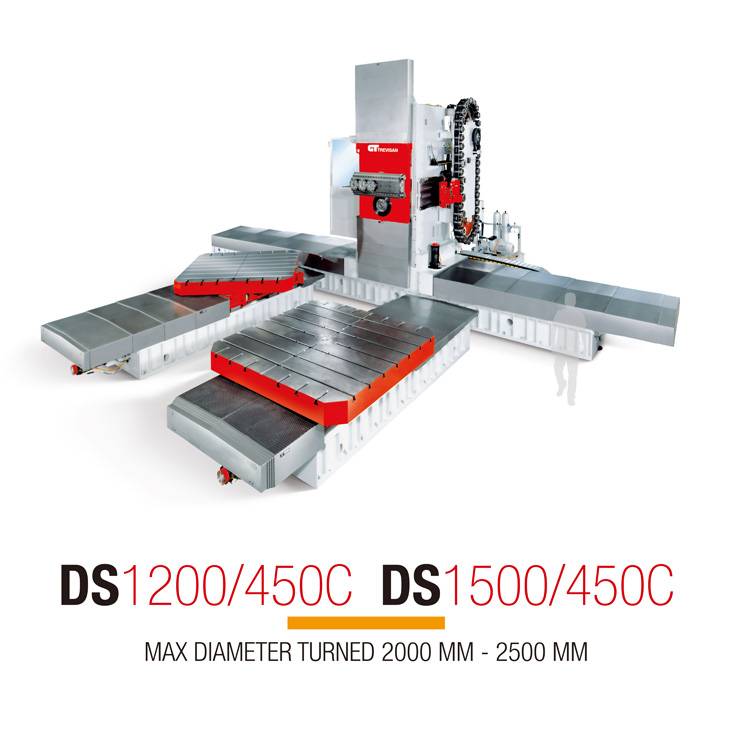
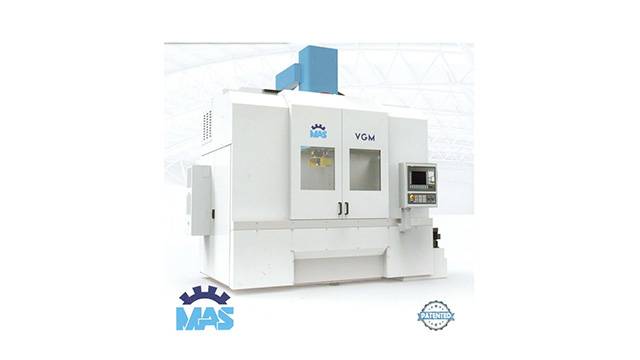
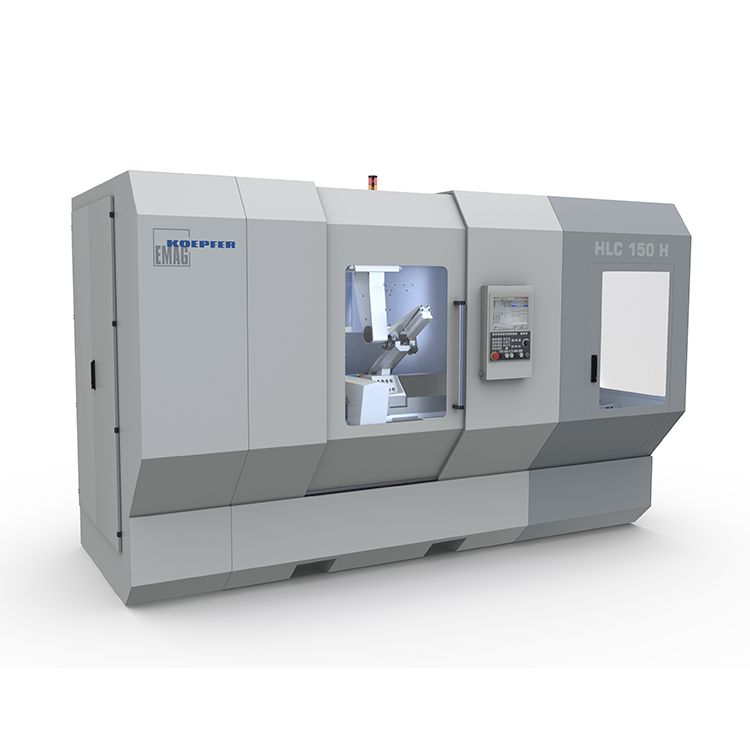
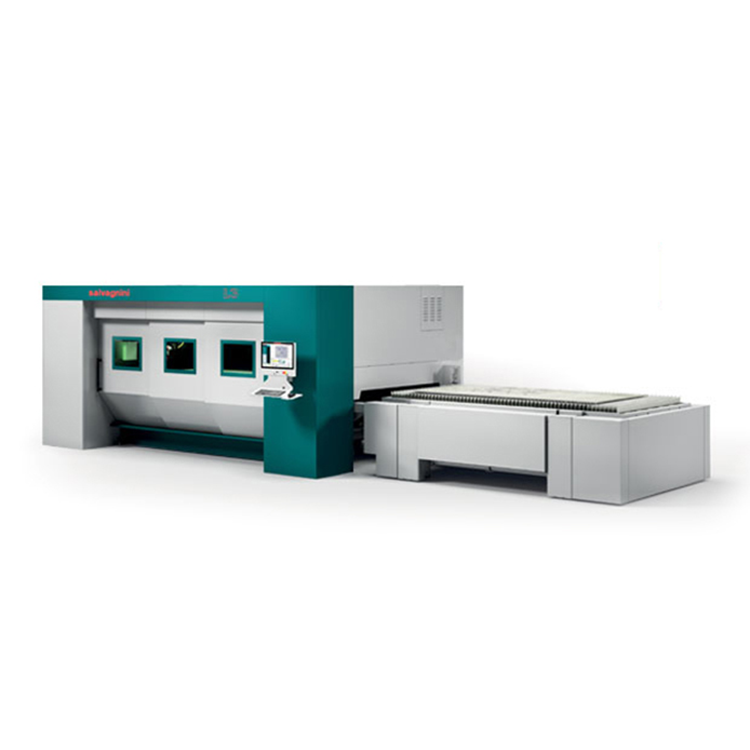



 Search
Search

